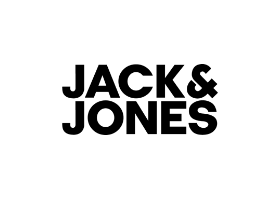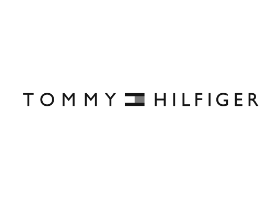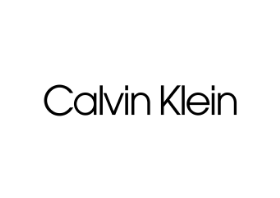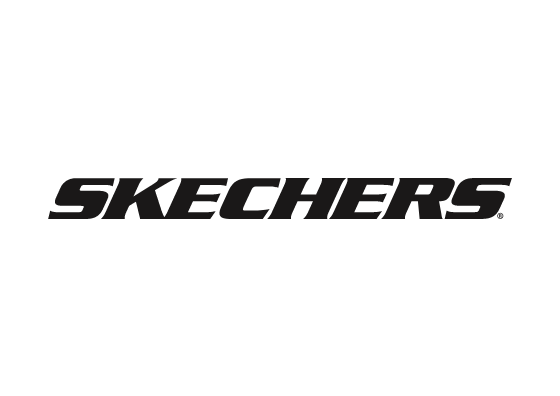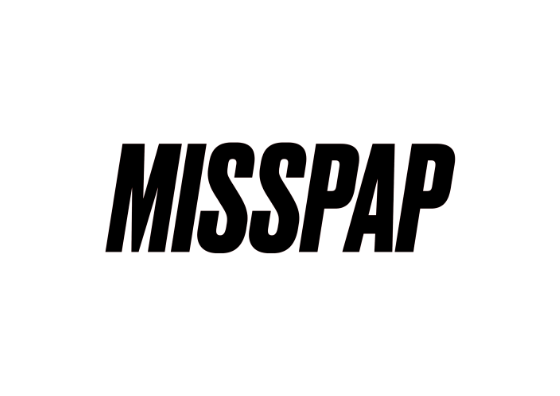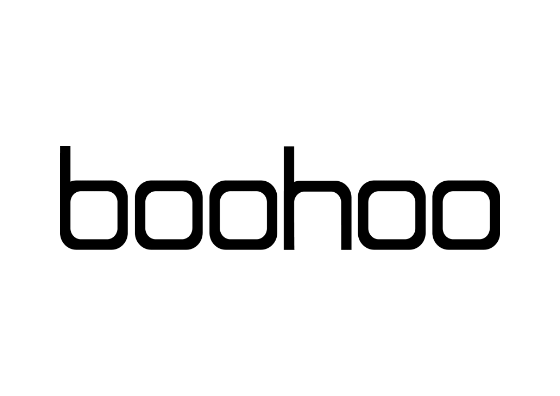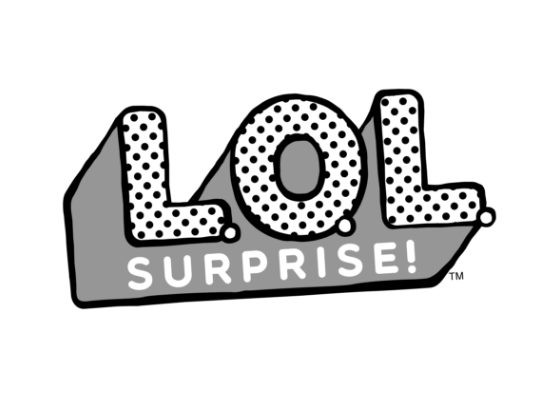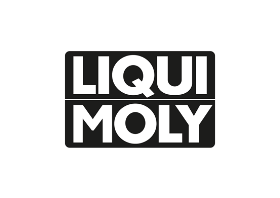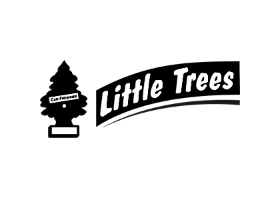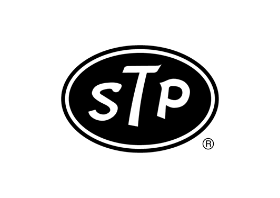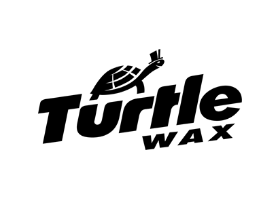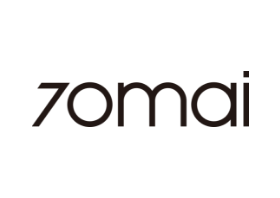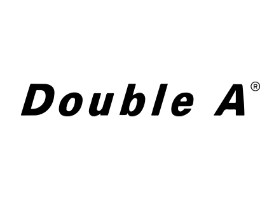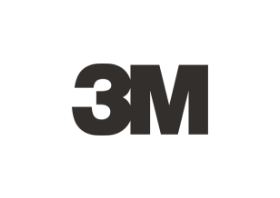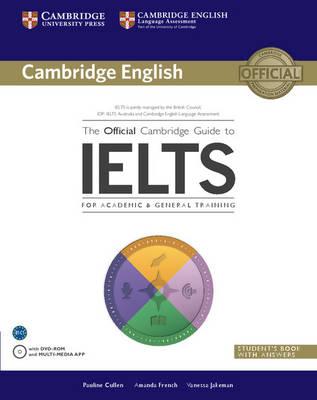Handbook of Computational Chemistry
Now:
AED 7331.25 Inclusive of VAT
 Free Delivery
Free Delivery
Get it by 15 Dec

Earn AED 366.56 cashback with the Mashreq noon Credit Card. Apply now



1
Free delivery on Lockers & Pickup Points
Learn more
Enjoy hassle free returns with this offer.

Item as Described
70%
Partner Since
4+ YearsSpecifications
| Publisher | Springer |
| ISBN 13 | 9783319272818 |
| ISBN 10 | 3319272810 |
| Book Description | The first part briefly describes different methods used in computational chemistry without going into exhaustive details of theory. Basic assumptions common to the majority of computational methods based on either quantum or statistical mechanics are |
| About the Author | Jerzy Leszczynski - Professor of Chemistry and President’s Distinguished Fellow at the Jackson State University (JSU) joined the faculty of the JSU Department of Chemistry in 1990. Dr. Leszczynski attended the Technical University of Wroclaw (TUW) in Wroclaw, Poland obtaining his M.S (1972) and Ph.D. (1975) degrees. During the period 1976 –1986 he served as a faculty member at the TUW. In 1986 he moved to USA, initially as a visiting scientist at the University of Florida, Quantum Theory Project (1986-88) and as a research associate at the University of Alabama at Birmingham (1988-1990). During the period 1998 – 2008 Dr. Leszczynski had served as the director for the Computational Center for Molecular Structure and Interactions (NSF-CREST Center). Since October 2008 he directs new Interdisciplinary Nanotoxicity CREST Center at JSU. Dr. Leszczynski is a computational quantum chemist whose vast areas of interest include: nature of chemical bonds, theoretical predictions of molecularpotential energy surfaces and vibrational spectra, structures and properties of molecules with heavy elements, properties and structure of DNA fragments, and characteristics of nanomaterials. He also applies computational chemistry methods to environmental problems, surface chemistry and atmospheric chemistry. Two areas of his research contributions are the most noticeable: investigations of DNA fragments and development of novel techniques for investigation of properties and toxicity of nanomaterials. |
| Language | English |
| Author | Jerzy Leszczynski |
| Publication Date | 42776 |
| Number of Pages | 2407 pages |
Handbook of Computational Chemistry
Added to cart
Cart Total AED 7331.25
















